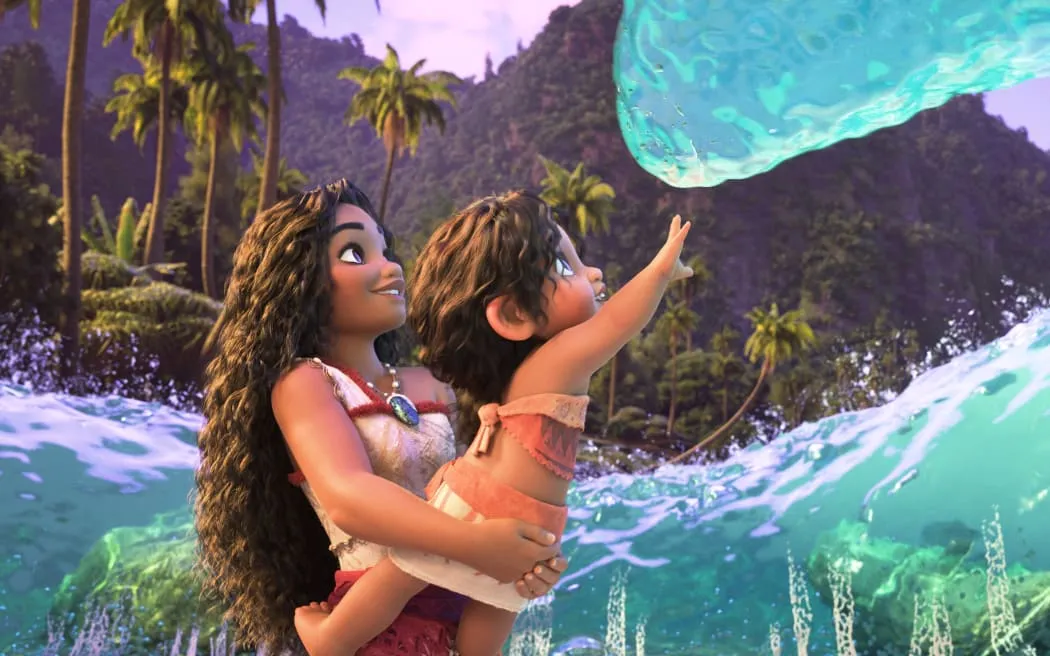Moana 2: A Film for the Ages, in Māori
The highly anticipated sequel to Disney’s beloved Moana has finally hit theaters, and this time around, it comes with a unique twist – both English and te reo Māori versions. But what does this mean for the future of New Zealand’s indigenous language?
The Power of Simultaneous Premiere
When it comes to promoting cultural diversity and accessibility, few moves are as significant as offering both English and Māori versions of a film simultaneously. This approach is especially crucial in today’s media landscape, where many young Māori people may not have the opportunity to engage with their own language.
As lead voice actor Jaedyn Randell pointed out at the premiere last week, “That’s all they’ll ever know, and I think that’s really exciting.” By giving tamariki (Māori children) the chance to watch Moana in te reo from an early age, we’re laying the groundwork for a more inclusive future.
A Perfect Film? Hardly
While Moana 2 has its moments of magic and excitement, it’s not without its flaws. The film feels slightly disjointed, perhaps due to its origins as a Disney+ series. The villains, or nanakia, don’t really do much, and the waiata (Māori songs) may not be as memorable as those in the first film.
However, with excellent chemistry between Randell and Piripi Taylor as Moana and Maui respectively, and a supporting cast that injects plenty of fun into the film, there’s still plenty to enjoy. Even Awhimai Fraser brings her own unique voice and spin to new character Matangi.
A Full Circle Moment
For the cast and crew at Matewa Media, who brought the te reo version to life, this is a full circle moment. The journey began back in 2017 when the original Moana was adapted into te reo, since then they’ve adapted five other Disney films.
But what lies beyond Moana for films in te reo? Proving that there’s an audience for Māori language films is the biggest challenge. A quick look at screenings of Moana 2 shows that there are five or six English screenings for every one in te reo – a stark reminder of how much work we still have to do.
A World Where Te Reo Māori Reigns
Director and producer Tweedie Waititi has been vocal about his vision for Māori language revitalization. “We want [tamariki] to whakamāori the world. If it’s not in Māori, then translate it. If it’s not in Māori, reimagine it.” It’s a lofty goal, but one that could change the course of New Zealand’s linguistic landscape.
The Future is Now
As we look to the future, it’s clear that Moana 2 is just the beginning. With its simultaneous English and te reo premiere, this film offers us a glimpse into a world where Māori language is an everyday reality. It’s time for us to seize this moment and make our vision a reality.
In conclusion, while Moana 2 may not be perfect, it’s a significant step forward in promoting cultural diversity and accessibility. As we move forward, let’s continue to push the boundaries of what’s possible and work towards creating a world where te reo Māori reigns supreme.

0 Comments